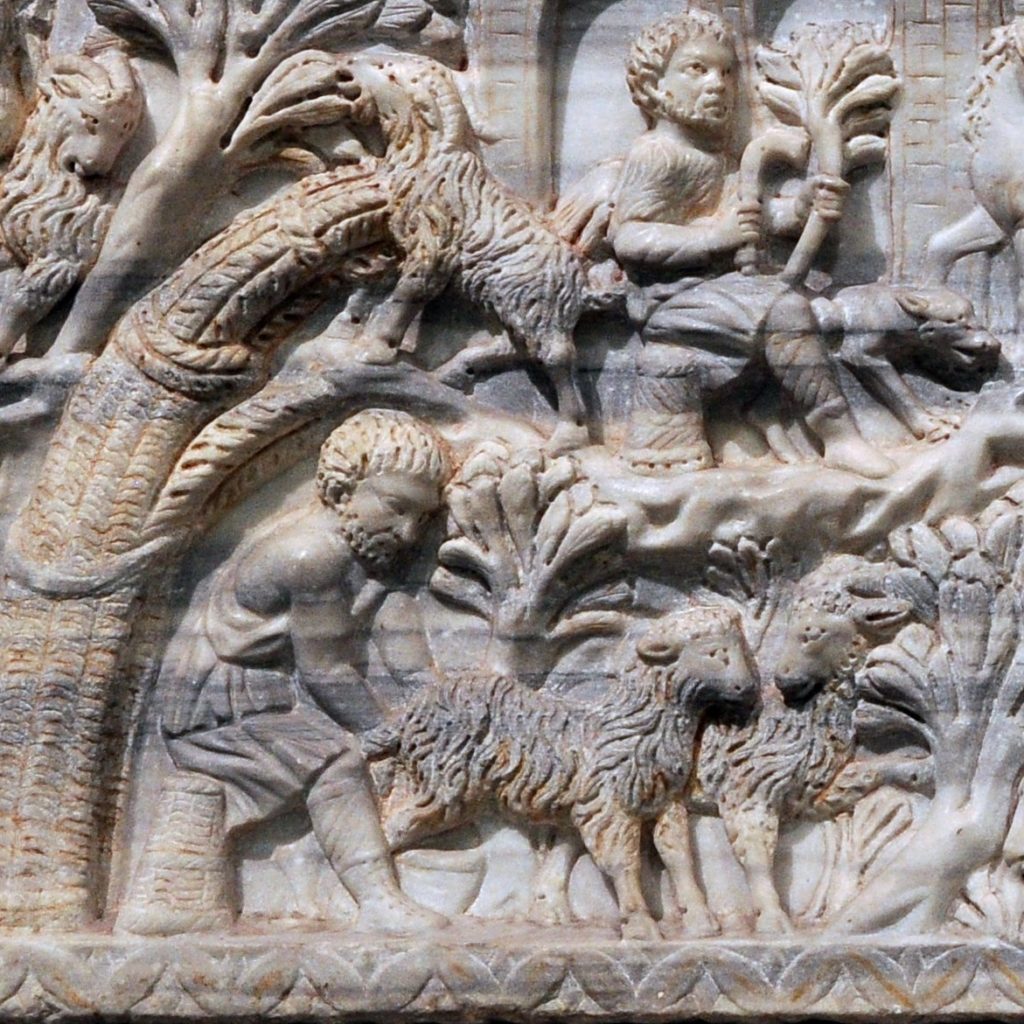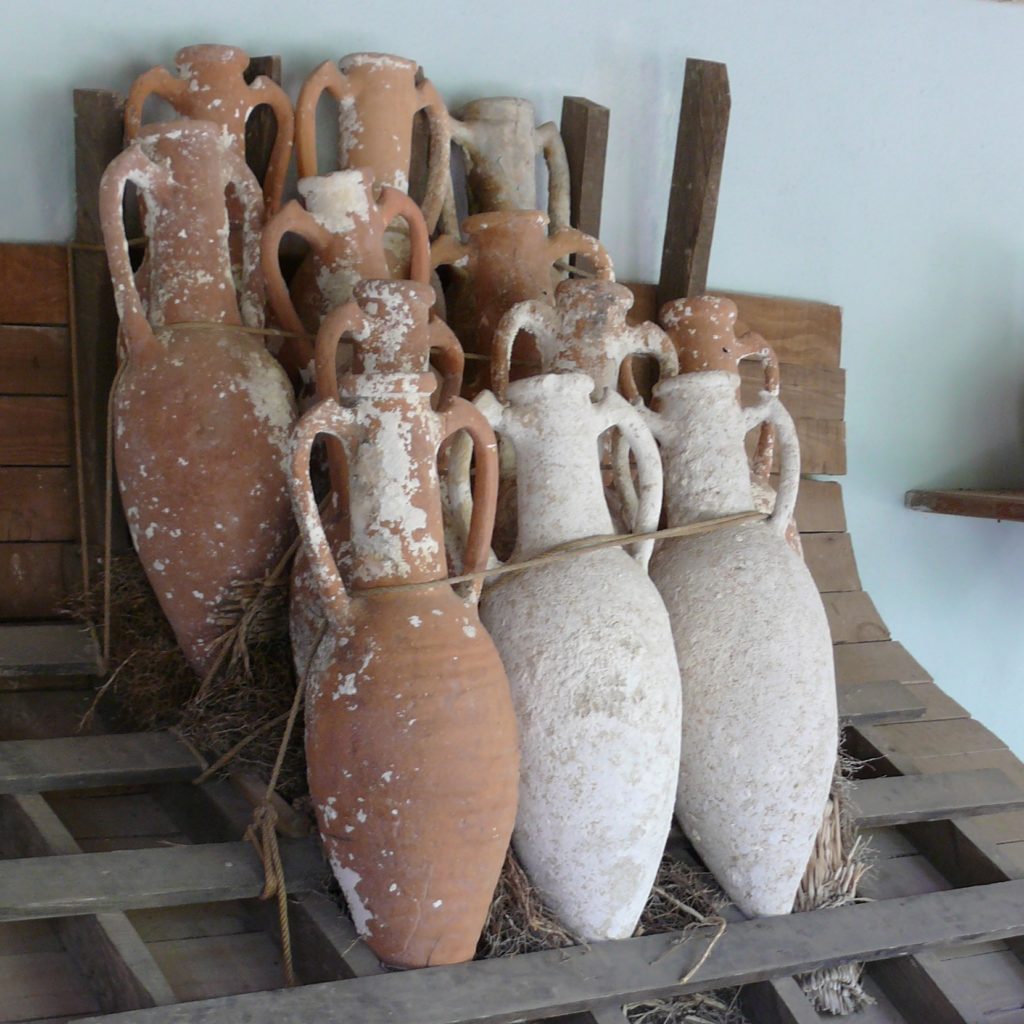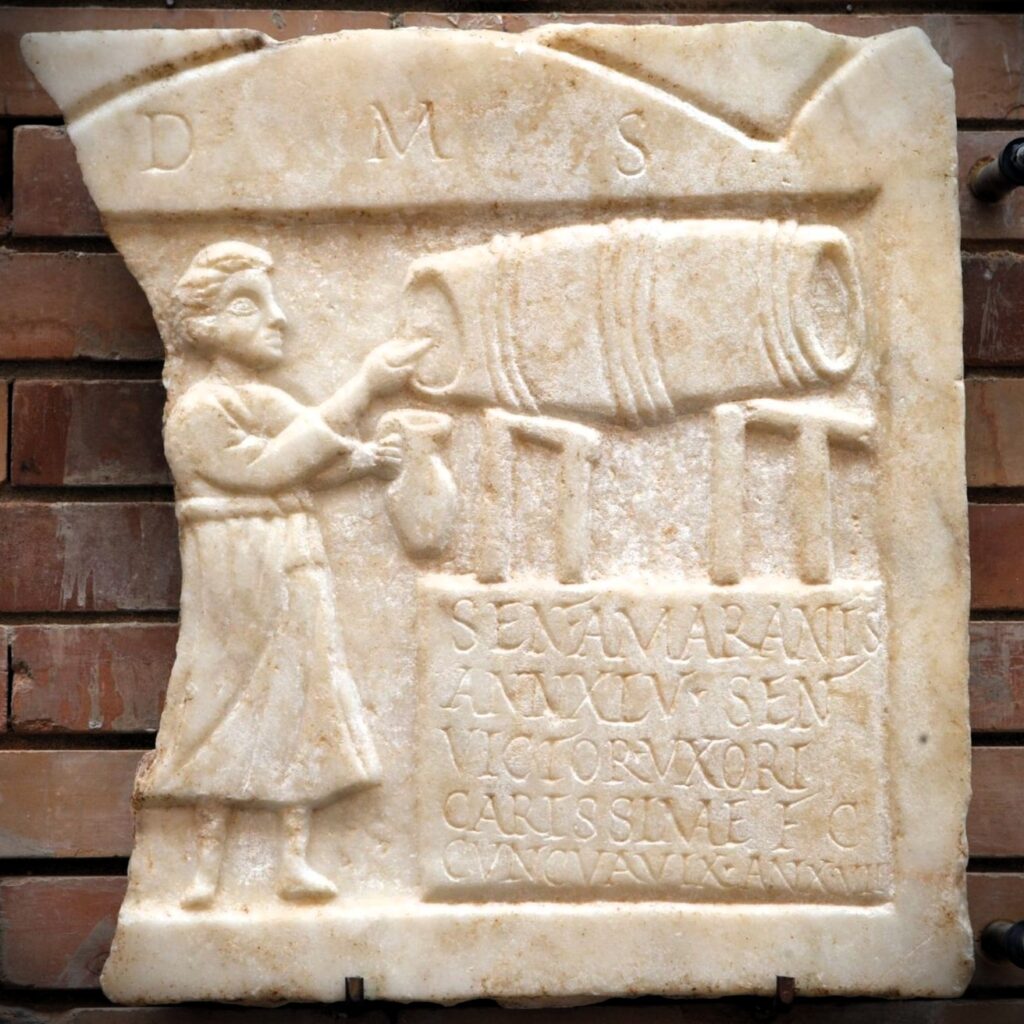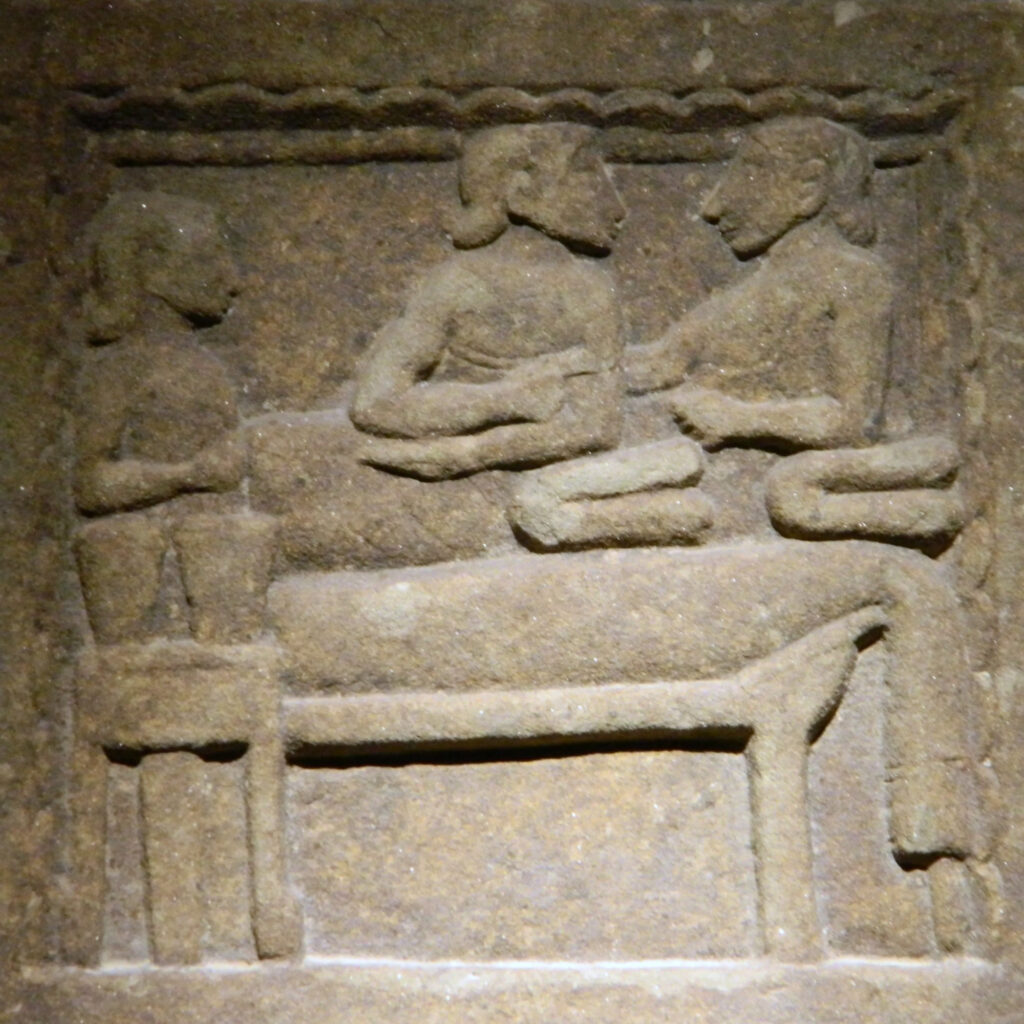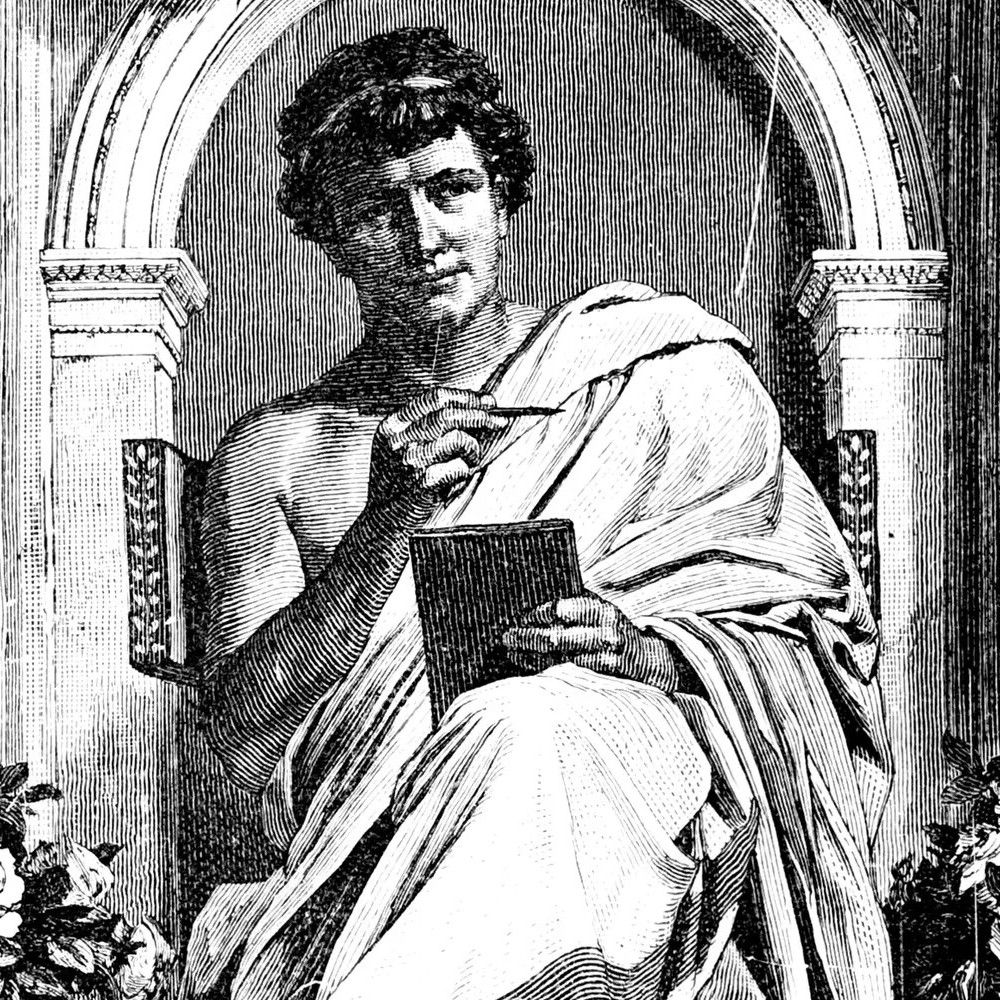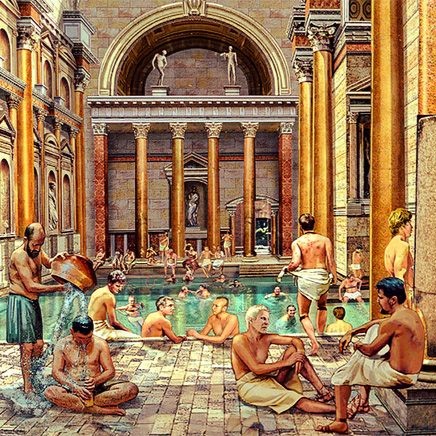Article en français: Le carré SATOR, ou la magie des mots / Versione in italiano: Il quadrato di SATOR o la magia del verbo
Translated from French with DeepL (please notify us of errors)
The SATOR square, also known as the magic square, has been a popular subject for over 2000 years. Its mysterious nature has sparked the imagination and continues to be a source of fascination, particularly in recent times due to advancements in archaeology. This was evident in Christopher Nolan’s film ‘Tenet’, released in 2020.

But what exactly is the SATOR square? It is a square consisting of five five-letter words that form a perfect palindrome. The Latin sentence formed reads as follows: SATOR AREPO TENET OPERA ROTAS. This sentence can be read in any direction, making it completely reversible.
The meaning of the sentence, however, is not as clear. Sator is the ploughman, the sower, or metaphorically, the creator. The word is in the nominative, indicating that it is the subject. The word Arepo, on the other hand, is not found in any Latin literature and its meaning is uncertain. Some interpret it as a proper noun, while others believe it to be a word in the Gallic language meaning “plough.” Tenet is the verb, “he holds,” the 3rd person singular present of the verb tenere. Opera is the work or care, which seems to be in the ablative singular indicating the manner. Rotas is the plural of rota, meaning wheel, in the accusative, used as an object complement.
In English, it therefore reads something like “The ploughman Arepo steers the wheels with skill”, or “The sower with the plough holds the wheels with care”. A meaning both banal and obscure. And from this obscurity, the most diverse uses and interpretations will arise. But let us not be too hasty.
As early as the early Middle Ages, the formula was found on amulets with supposedly magical properties, to help in childbirth, to cure rabies, snake bites and other ailments. The SATOR square spread among the Copts, for whom the five terms of the square came to designate each of the five nails of the cross of Christ. In the West, the graph appears in a handwritten Bible dated 822, then spreads everywhere, in various writings and on religious or public monuments.
Until the end of the 19th century, one could only assume the ancient origin of the formula. But from 1868 onwards, the matter became more serious. At that time, in the remains of the ancient Roman Corinium, now Cirencester in Great Britain, archaeologists discovered a fragment of wall with an engraved SATOR square. It was complete and remarkably well traced. Then the discoveries follow one another: between 1932 and 1934, four specimens are found in the excavations of the Roman colony of Dura Europos, in present-day Syria, then two in Pompeii, in 1925 and 1936, one in Aquincum, near Budapest in Hungary, in 1952, and finally one in Conimbriga, in Portugal, in 1971[1].
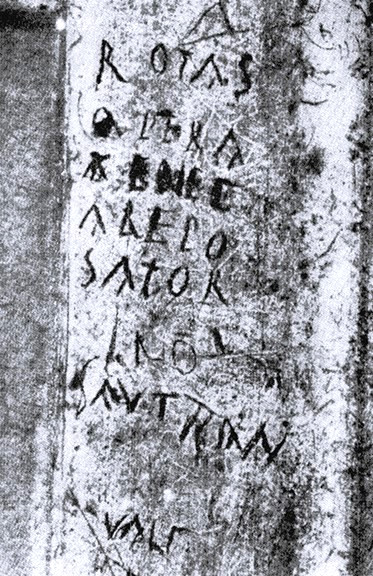
This proved that the SATOR square was already known and distributed throughout the Roman Empire at the beginning of our era. The Pompeii finds are remarkable. These are the oldest traces of the square, which was invented before the eruption of Mount Vesuvius in 79 AD. One of the inscriptions, very damaged, is located in the house known as Paquius Proculus[2]. The other is complete and even signed, engraved on the stucco of a pillar of the great palestra[3].
All these discoveries will boost attempts at interpretation.
Christian cryptogram or ancient word game?
From the outset, not least because of its later use, the main commentators of the twentieth century take it for granted that the SATOR square is a Christian cryptogram[4]. In other words, a mark of recognition of the disciples of Jesus among themselves, in times when it was not good to appear publicly as such. In the same vein, we know the famous symbol of the fish (ἰχθύς / ichthús, in ancient Greek), whose letters form the acronym of the words “Jesus son of God Saviour”. the sower – SATOR – would thus be God or Christ. Naturally, the parable of the Sower comes to mind. We also notice that the two crossed TENETs form a cross; at each end is a T, equivalent to the Hebrew letter taw, which can be shaped like a cross and which is, in the Bible, the sign of God…
In 1926, the German priest Felix Grosser[5] put the final nail in the coffin of this interpretation: he noticed that the letters allow the writing of a cross PATER NOSTER, framed by an A and an O, the symbols alpha and omega.
From then on, the Christian interpretation was hardly contested… until the publication in 1968 of a text by the great French historian Paul Veyne[6].
The author demonstrates that the constraints for creating a perfect palindrome such as the SATOR square are such that they make it impossible to hide an anagram in it. Proof of this complexity is the fact that the inventor of the square had to place a word that does not exist, AREPO, as a filler. And the letters used are necessarily very common in Latin, in particular the A, O, E, R and T, each repeated four times in the palindrome. Finally, the five-letter square marks the limits of the exercise: no perfect six-letter palindrome is known[7]. As for the cross, it inevitably appears as soon as the square has an odd number of cells.
For anagrams, the logic is the opposite, notes Paul Veyne: the more letters there are and the more common they are, the easier it is to compose them, especially if one allows oneself, like Grosser, a few latitudes. Such as using only one N, when two would have been needed to write NOSTER twice, or leaving out letters, in this case two A’s and two O’s, for which he finds a use afterwards…
Finally, the historian shows that PATER NOSTER is by far not the only anagram that can be drawn from the square. As early as the Middle Ages, some people tried their hand at it, finding for example the very unchristian SATAN TER ORO TE OPERA PRAESTO, “Satan, I beg you three times, act on the spot”, which uses all the letters.
Veyne’s demonstration did not, however, dampen imaginative ardour. In 2006, a new theory was published, making the square a mark of recognition not of Christians but of Jews. Its author[8] attempts to establish correspondences between the SATOR square and the very precise instructions given by God to Moses to build an altar (Exodus 27:1-2):
“You shall make the altar of acacia wood; it shall be five cubits long and five cubits wide; it shall be square; it shall be three cubits high. You shall make horns on its four corners to fit it, and you shall plaster it with bronze.”
Five by five is the size of the square! The author then waltzes the letters around to place the TENETs diagonally, which makes it possible to find the Ts forming horned heads in the corners. Finally, by playing with anagrams and taking the letters he needs, he composes the words ARA AUREA, “bronze altar”, and SERPENS, allusion to the serpent made by Moses (Numbers 21,6.9).
Paul Veyne’s rational critique is fully applicable to this new interpretative attempt. With the same type of procedure, it would no doubt be easy to “prove” that the SATOR square is a testimony to the presence of extraterrestrials on earth…
The sower, the wheels and Stoic wisdom

Rather than looking for a precise meaning, it seems more fruitful to understand in which cultural context the perfect palindrome of the SATOR square may have emerged.
Indeed, the words used were very evocative for the men and women of antiquity. Wheels (rotas) are symbols that are widespread in all cultures, religions and philosophies. They embody the cycle of time or the perfection of the cosmos. The notion of care or work (opera) questions the meaning of our life. And who holds (tenet) all this, who controls it? Finally, the figure of the sower or creator (sator) is emblematic, whether it designates the farmer who cultivates the fields or the organiser of all things.
The inventor of the square therefore certainly started from the palindrome SATOR-ROTAS, to then find TENET, complete with OPERA, and invent AREPO by necessity.
To complete this context, it is interesting to note that the notion of sator appears, in the first century B.C., in a text by Cicero which refers to Stoic philosophy:
“But the world (cosmos), as creator, sower, and parent, as it were, and also educator and nurturer of all that nature administers, nourishes and holds together all things as its members and parts.”[9]
In this same sentence, Cicero uses the verb continere, to hold together, derived from tenere.
The word sator can also be traced back to Saturnus (Saturn), one of the oldest gods honoured in Rome for teaching local people to cultivate the land[10]. One may notice that the inscription of the SATOR square in the great palestra of Pompeii is signed SAUTRAN. Inspired by the palindrome game, the author may have had fun swapping the letters of his or her name. This would give… SATURNA.
If there is no prior intention to hide an esoteric message in the SATOR square, “there is however reason to doubt that the inventor of the magic square saw only a formal game in his invention”, explains Professor Jean-Noël Michaud[11]. He or she must have been the first to marvel at the interpretative possibilities of his or her discovery, which has the virtue of being able to absorb countless interpretations. The magic of the square lies in this and certainly explains its success over the centuries.

[1] An inscription of the word sator was found in Lyon, but it does not seem to be part of a square.
[2] Reference of the inscription: C.I.L., IV, 1179.
[3] Reference of the inscription: C. I. L., IV, 1989.
[4] The presence of Christians in Pompeii, therefore before 79 AD, is debated. It is neither proven nor impossible.
[5] Felix Grosser, «Ein neuer Vorschlag zur Deutung der Satorformel», Archiv für Religionswissenschaft, 29, 1926, p. 165-169.
[6] Paul Veyne, «Le carré Sator ou beaucoup de bruit pour rien», Bulletin de l’Association Guillaume Budé, no 27, 1968, p. 427-460 (read online, accessed on January 4, 2023).
[7] With four letters, Latin also offers the famous ROMA-OLIM-MILO-AMOR, also found in Pompeii, which also includes an unknown word (MILO). See: Les murmures des murs.
[8] Nicolas Vinel, «Le judaïsme caché du carré Sator de Pompéi», Revue de l’histoire des religions, no 2, 2006, p. 173-194 (read online, accessed on January 4, 2023).
[9] Cic., De nat. Deorum, II, 86: Omnium autem rerum quae natura administrantur seminator et sator et parens ut ita dicam atque educator et altor est mundus omniaque sicut membra et partes suas nutricatur et continet.
[10] See: Saturnalia, Roman society upside down
[11] Jean-Noël Michaud, «Le Carré SATOR ou l’imaginaire et le raisonnable», 2001, Montpellier: Presses universitaires de la Méditerranée, 2001 (read online, accessed on January 4, 2023).
Other articles in English from the Nunc est bibendum blog
